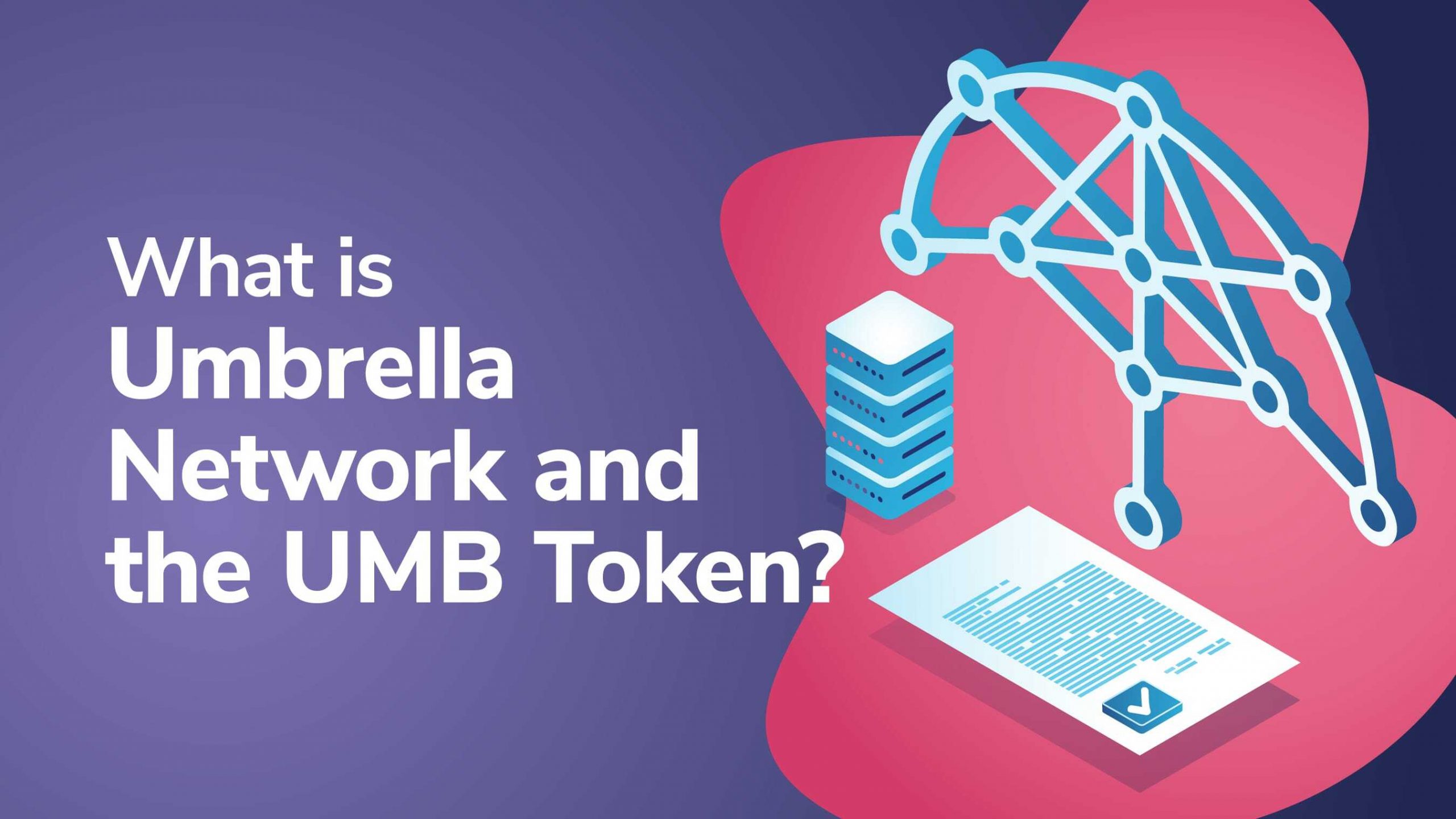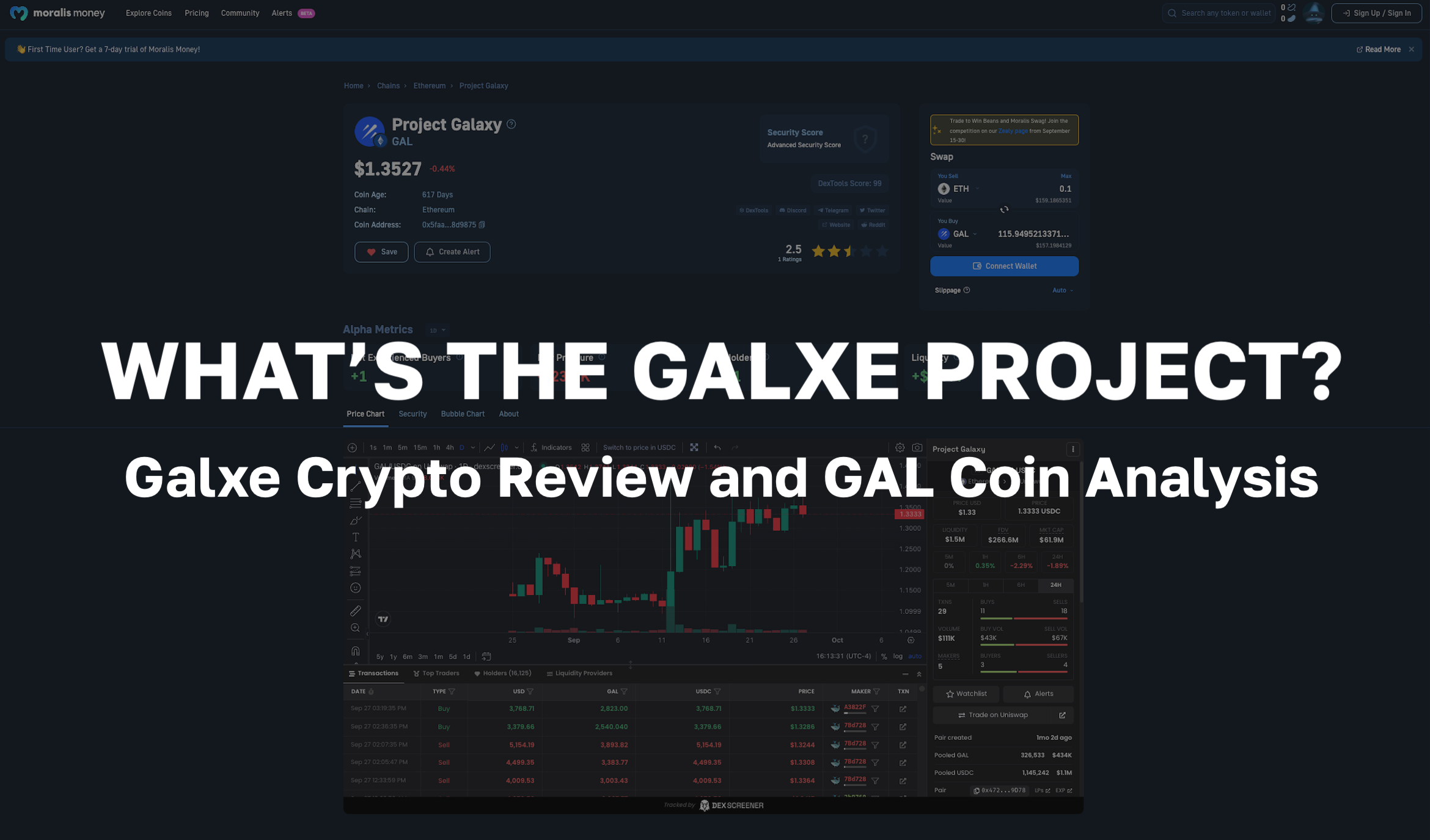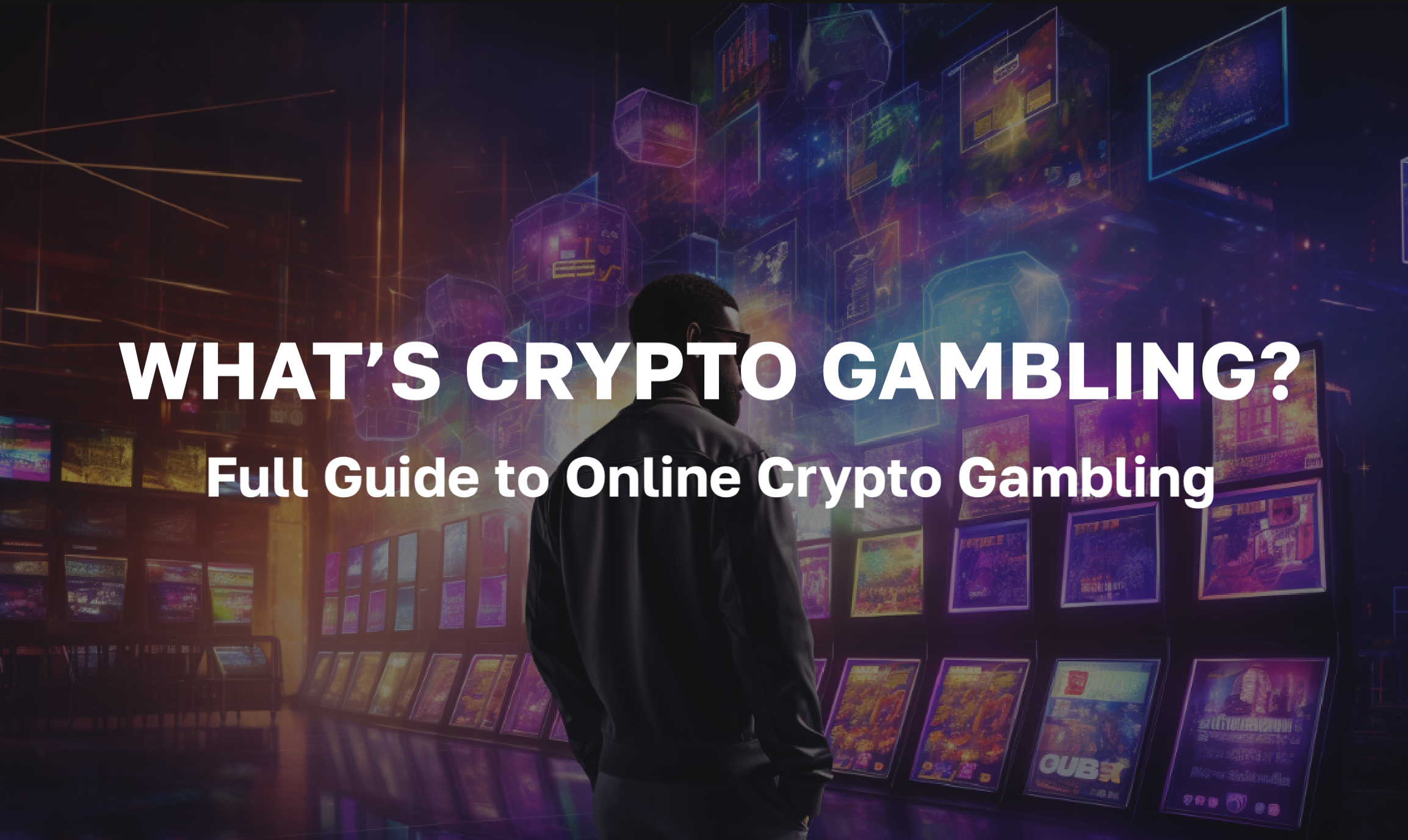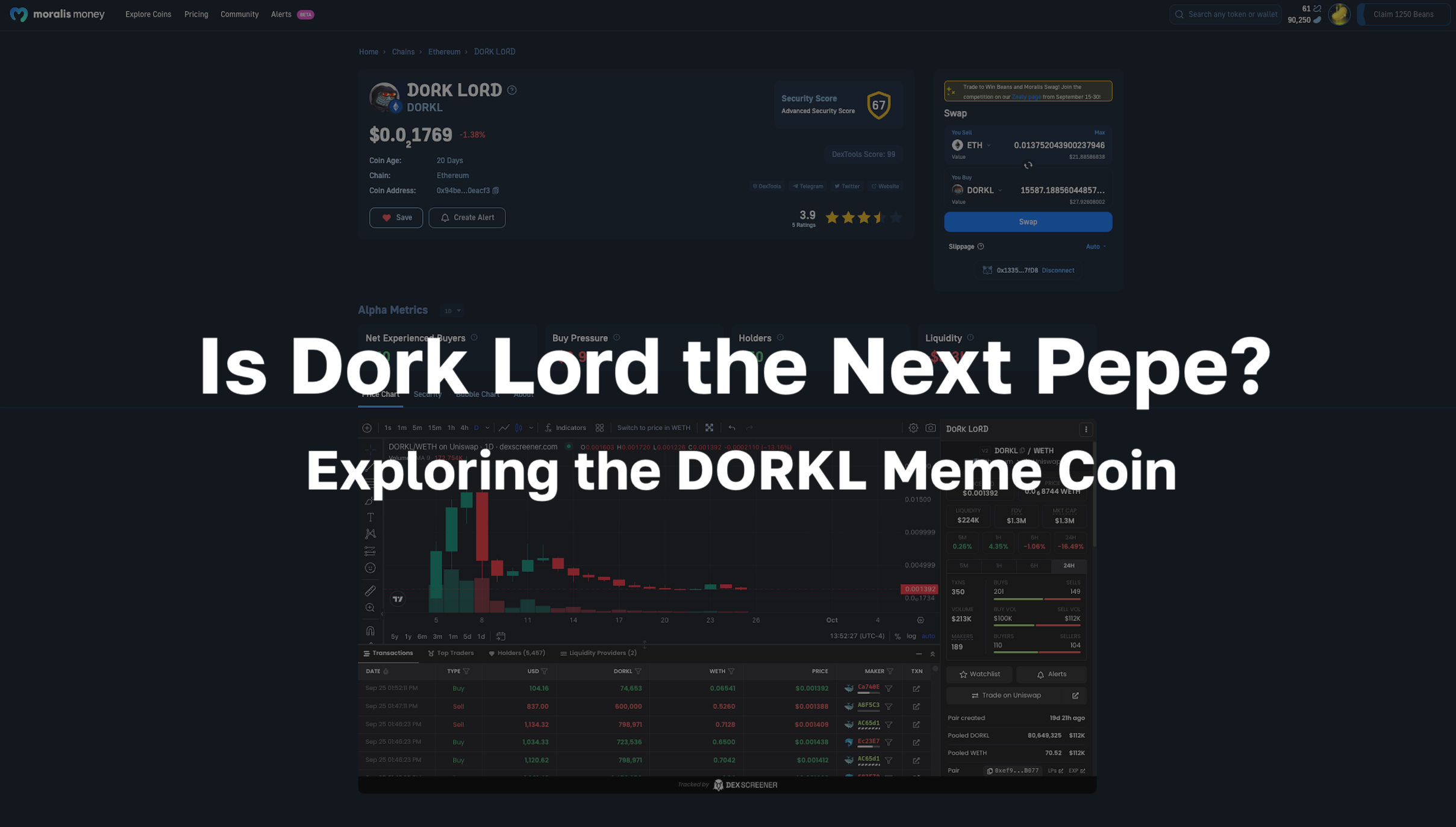
Umbrella Network is a multi-chain decentralized oracle service. The platform uses the native UMB token with a Delegated Proof of Stake (DPoS) consensus mechanism to enable community members to participate in Umbrella Network staking and earn staking rewards and platform fees in the process. Plus, the Umbrella Network crypto solution reduces the cost of bringing secure data on-chain without compromising on data integrity, security, or decentralization.
In this article, we’re going to dive deep into the Umbrella decentralized oracle service. We’ll explore Umbrella Network staking, the UMB token, and the technology powering the Umbrella Network crypto platform. Plus, we’ll discuss Merkle trees, Delegated Proof of Stake (DPoS) consensus, and some of the future integrations we can expect to see.
Would you like to understand the blockchain industry on a deeper level? Then, why not start with the basics at Ivan on Tech Academy? Our Blockchain & Bitcoin 101 course is the perfect place to learn the origin of blockchain and how it operates on a block-by-block basis. Then, our Ethereum 101 course makes an excellent follow-on choice. Here, you’ll learn about the history of smart contracts and how they lay the foundation for decentralized applications (dApps) and decentralized finance (DeFi). Further, this will give you an in-depth understanding surrounding the use and necessity of oracles. With students of all ages enrolled, Ivan on Tech Academy is the best place for anyone to begin their journey in blockchain today!
What is Umbrella Network?
Umbrella Network is a decentralized oracle service that offers low-cost, highly scalable data solutions for use in decentralized finance (DeFi). The native Umbrella Network token (UMB) helps to secure the network via staking. Also, holders of the UMB token can participate in Umbrella Network staking to earn rewards and governance rights. This includes the ability to vote on proposals to make changes to the platform. Plus, those who take part in Umbrella Network staking can earn a passive income through network fees and staking rewards.
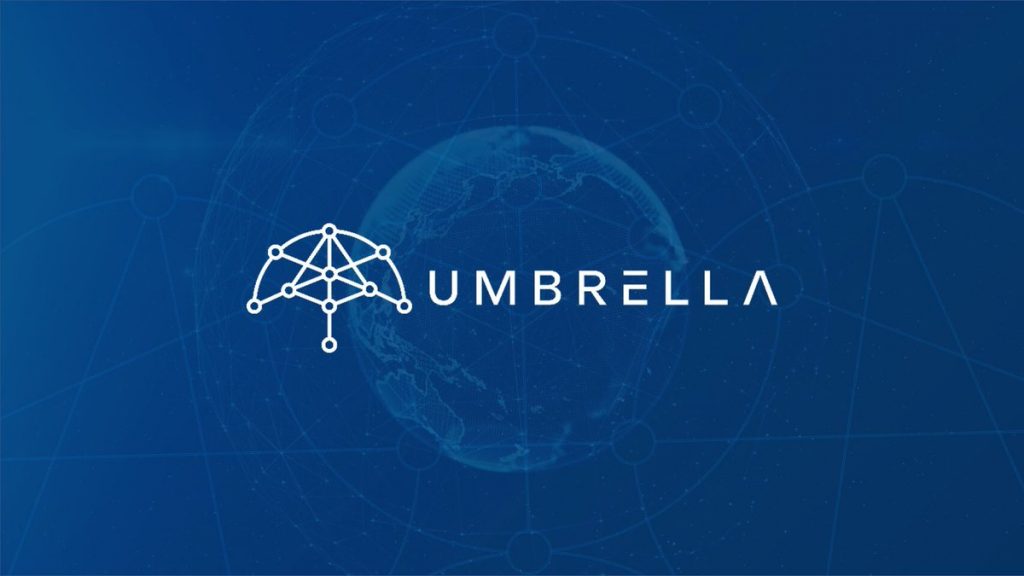
Furthermore, the protocol enables oracles to scale with ease thanks to the use of layer 2 solutions, Merkle trees, and transaction batching. The community-owned oracle service aggregates data to allow thousands of transactions to be bundled together into a single transaction. As such, this will, in turn, only require a single fee. Also, the platform provides economic incentives for the accurate validation of data. This is thanks to the platform using a Delegated Proof of Stake (DPoS) consensus mechanism.
The majority of UMB tokens are community-owned and are used to elect Validator Nodes. Validator Nodes act as “representative governing bodies” throughout the Umbrella Network crypto ecosystem. In turn, this facilitates a greater degree of decentralization than many oracle providers. Moreover, the platform offers a diverse range of data services that make it possible to bring many different types of data on-chain inexpensively. Additionally, this is done so without compromising on security.
Technology
Umbrella Network’s technical architecture uses economic incentives to provide users with verifiable data using cryptographic proofs that reside on layer 1 blockchains. Below we discuss some of the core features of the Umbrella Network crypto ecosystem and decentralized oracle service.
Would you like to learn how to work with decentralized data and gain a firm understanding of how oracles work? Then, check out the Chainlink 101 course at Ivan on Tech Academy! This advanced Solidity course teaches students how popular decentralized finance (DeFi) protocols implement Chainlink, including Aave, Synthetix, and Curve! Also, see our DeFi 101 course to learn how to install and navigate the number one Web3 wallet, MetaMask, with some of the most widely-used DeFi projects. Following this, why not take your DeFi game to the next level with our DeFi 201 course? Here, you’ll learn about liquidity pools, yield farming, crypto arbitrage, and more!
Merkle Trees
The Umbrella platform uses a technology known as “the Merkle tree” to facilitate scalability. A Merkle tree (sometimes known as a binary hash tree) is a highly efficient and secure type of data structure that makes it possible to verify large quantities of data.
Using Merkle trees helps by saving computational resources when finalizing blockchain transactions. Also, decentralized applications (dApps) benefit from using Merkle trees as they enable thousands of data points to be brought on-chain securely at a low cost. Merkle trees work by combining hashes from multiple blocks of data. As such, these hashes act as a summary of all transactions within a block. By using Merkle trees with a Proof-of-Stake (PoS) consensus mechanism, several transactions can be bundled into one. This makes scalability easier to achieve by helping to minimize transaction fees, as all bundled transactions can be paid for using a single fee.
Data
The platform uses two primary data types. These are First Class Data (FCD) and Layer 2 Data (L2D). FCD makes up some of the most widely used datasets, such as trading pairs and implied volatility. This type of data is always available on-chain and makes up the majority of large oracle requests. L2D is a “rich and full data set for crypto pairs, indexes, implied and realized volatility, and much more”. Also, L2D data pairs use Merkle trees to anchor to layer 1 blockchains. Plus, developers can access 84 of the most widely-used data pairs on Umbrella’s layer 2 solution free of charge.
Umbrella Network Token (UMB)
To ensure complete decentralization of the Umbrella Network protocol, the project employs a Delegated Proof of Stake (DPoS) consensus mechanism using the Umbrella Network token (UMB). As such, the multi-utility UMB token provides four key functions within the Umbrella Network crypto ecosystem.
Firstly, the Umbrella Network token (UMB) ensures the security and validation of the network. Holders can commit a sum of UMB tokens in the “staking bank’ to become Validator Nodes. In turn, Validator Nodes support the determination of market data through participating in the consensus process on the network. This can provide UMB token holders with the opportunity to make a passive income with crypto.
Secondly, platform enthusiasts who wish to support Umbrella Network but don’t want the responsibility of validating or who don’t meet the Validator Node requirements can also stake UMB tokens. Each Validator Node requires further UMB token staking from users to participate in the consensus model. As such, any UMB token holder can earn a passive income by participating in Umbrella Network staking protocols.
Also, the Umbrella Network token (UMB) presents holders with governance rights. As another way of facilitating decentralization, the platform enables UMB token holders to vote on important updates and operations on the network. The fourth key role of the UMB token is for the distribution of rewards. Umbrella Network reserves a percentage of UMB tokens as rewards for Validator Nodes, stakers, and community initiatives.
Umbrella Network Staking
There are several Umbrella Network staking incentives, with options catering to various levels of participation and rewards. The project offers the Umbrella Network staking portal as a separate user-friendly site (staking.umb.network). Here, users can find the different third-party reward programs alongside native UMB token staking facilities. Users who participate in the Umbrella Network staking initiatives can earn Umbrella reward tokens (rUMB) in two ways. rUMB tokens will soon become redeemable 1:1 for native UMB tokens. Either this will happen after achieving Milestone 1 (details to be confirmed) or after one year following the project launch (February 15th, 2022), whichever occurs first.
Umbrella Network token (UMB) holders can earn rewards through participating in Umbrella Streams or Umbrella's Partner Rewards Programs. There are two Umbrella Streams. The Hadley Stream offers a staking contract for solely the UMB token, earning rUMB token rewards. Alternatively, the Polar Stream allows users to earn rUMB token rewards through participating in the Uniswap liquidity provider (LP) UMB-ETH token staking contract.
There are two live Umbrella Partner Rewards Programs at the time of writing. These are the SushiSwap Sushi Onsen and PancakeSwap 20K pools. The Sushi Onsen program allows UBM token holders to earn rUMB tokens as a UMB-ETH liquidity provider (LP). Or, UMB token holders can earn LP rewards with PancakeSwap providing UMB-BNB liquidity. Umbrella Network reserves 20,000 UMB tokens every 30 days for PancakeSwap LP rewards.
Umbrella Network Token Bridge
The Umbrella Network project aims to provide a layer 2 oracle solution with seamless blockchain interoperability. The Umbrella Network token (UMB) will be available as many different token standards native to different chains. At the time of writing, the UMB token is available to trade as an Ethereum ERC-20 token and Binance Smart Chain (BSC) BEP-20 token. Initially, Umbrella Network made use of a third-party token bridge. However, following an exploit with the external bridge resulting in a loss to the Umbrella Network, the project is shielding itself from this event occurring in the future by designing its own token bridge.
To begin with, the Umbrella Network token bridge will offer frictionless conversions of the ERC-20 UMB token to the BEP-20 UMB token and vice versa. In the future, other token standards will be included on the token bridge. Plus, Umbrella Network plans on adding non-fungible token (NFT) standards (e.g., ERC-721 and ERC-1155) to the token bridge with future developments too!
Umbrella Network Roadmap
After launching on Binance Smart Chain (BSC), Umbrella Network went live on Ethereum mainnet in September 2021. Also, the platform began to introduce advanced options trading pricing features to ameliorate the issue of haphazard Implied Volatility (IV) curves associated with cryptocurrency options trading. This aims to remove some of the complex calculations that bring additional risk and uncertainty to options trading.
After launching on Ethereum, Umbrella Network aims to launch on Polygon mainnet in October. This coincides with the launch of the Umbrella Block Explorer 2.0, a verifiable random number generator, and upgrades to the user interface (UI) and frontend. In November 2021, the platform is scheduled to go live on Solana. The same month will also see the introduction of the rUMB to UMB conversion module for Umbrella Network staking rewards.
Furthermore, Umbrella Network aims to launch on Cardano in Q1 of 2022. At the same time, the Delegated Proof of Stake (DPoS) staking mechanism is also expected to launch. By Q2 of 2022, the project aims to complete launches on Avalanche and Moonbeam.
Exploring Umbrella Network & the UMB Token Summary
Umbrella Network’s versatile decentralized oracle service boasts multi-chain functionality and low transaction fees. Thanks to Merkle trees and the Delegated Proof of Stake (DPoS) consensus mechanism, the platform also maintains high levels of decentralization. Plus, it enables developers of decentralized applications (dApps) to scale without the need for excessive gas fees.
Further, using the native UMB token to participate in Umbrella Network staking allows users to earn a passive income with crypto while securing the network. Moreover, the platform bridges various decentralized finance (DeFi) protocols and blockchains to provide a robust, secure, low-cost, interoperable oracle service. The project offers seamless interoperability with some of the most prominent names in the DeFi industry.
During times of high network congestion, the gas fees for many oracle services can be inhibitively high. This can hinder both scalability and accessibility. However, Umbrella Network’s decentralized oracle service aims to solve this problem with a cost-efficient, versatile solution. Plus, data can be retrieved quickly from a broad range of datasets.
Understanding the functions of decentralized oracles is essential if you would like to get a career in crypto. For the best place to kickstart your blockchain education, check out Ivan on Tech Academy! We help thousands of students achieve their blockchain goals, start new careers, and set up blockchain-based businesses (see Sebastiaan’s story!). After discovering the basics, see our FinTech 101 course to learn about the regulatory compliances surrounding finance and technology. Also, our OriginTrail 101 course is the best place to learn how blockchain is revolutionizing supply chain management! For top-quality resources and an engaging learning experience, see the number one online blockchain education suite, Ivan on Tech Academy! Also, don’t forget to follow us on Twitter @Academy_IOT! We would love to know what you think of Umbrella Network and the UMB token!
